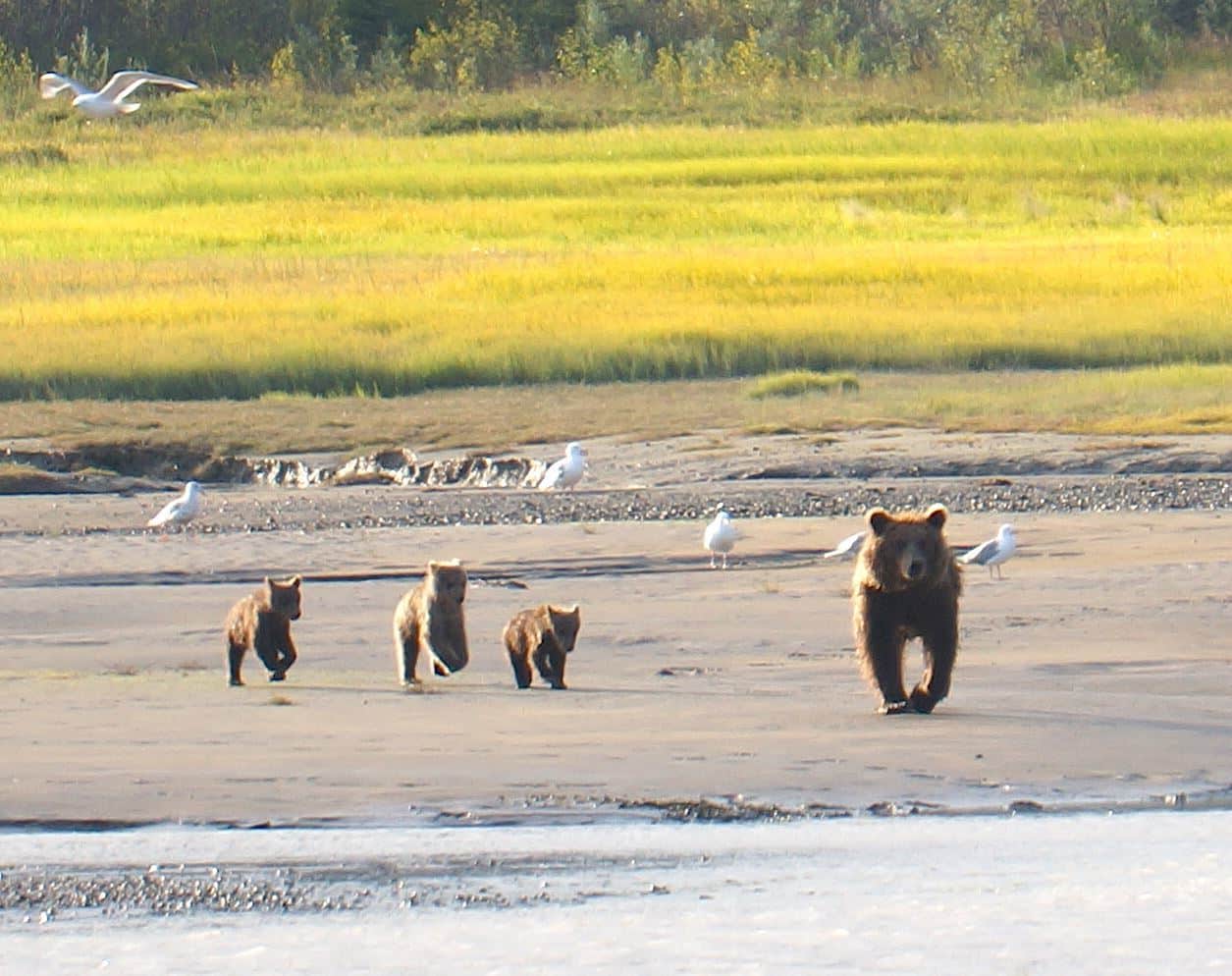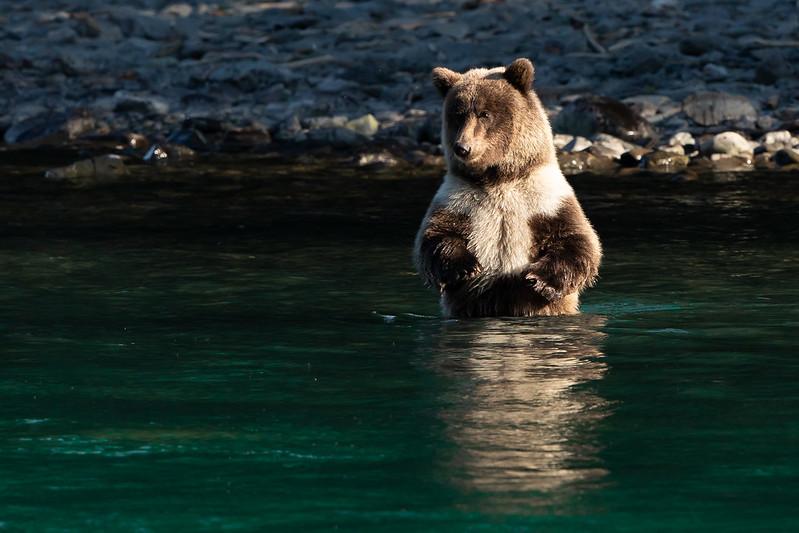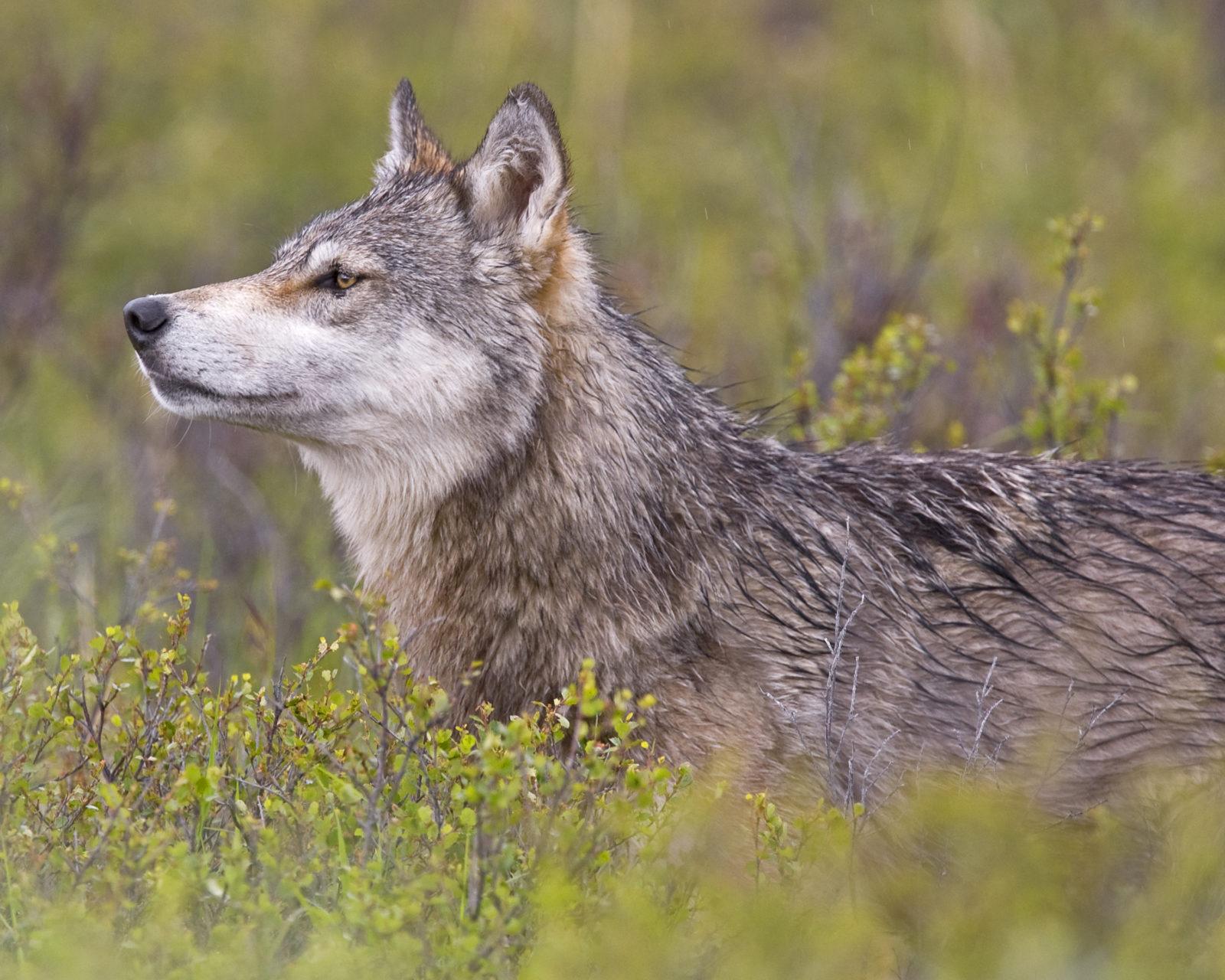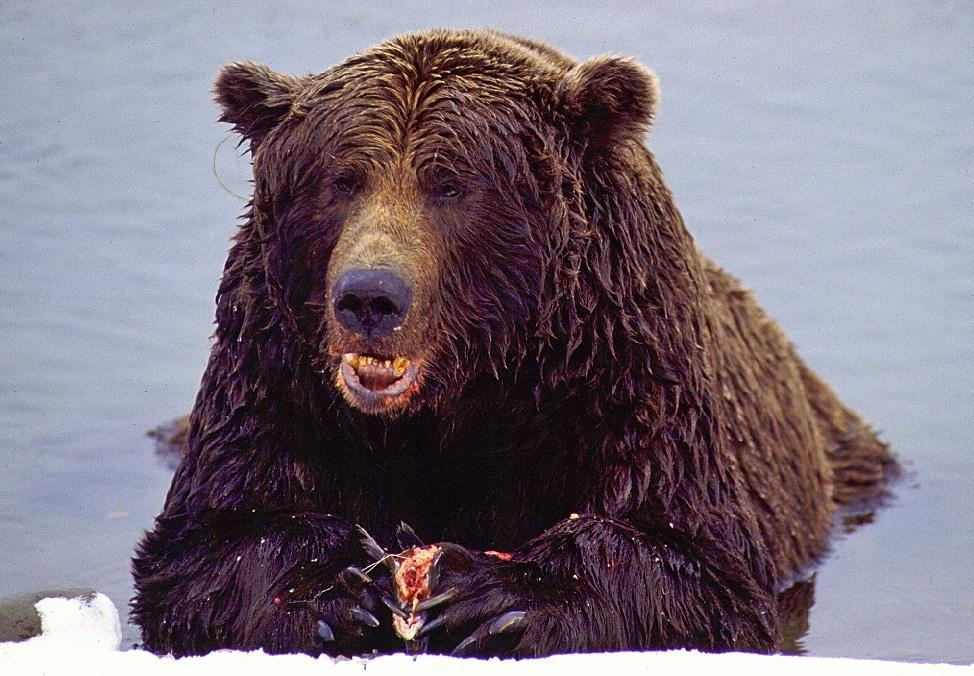
What’s up with rules around hunting bears and wolves on federal lands in Alaska?
By Dawnell Smith
A year ago, we argued in the Ninth Circuit Court of Appeals to defend a U.S. Fish and Wildlife Service rule that protects brown bears in the Kenai National Wildlife Refuge. The rule prohibits hunting practices like brown bear baiting.

When we won that case, you might have considered the issue resolved—and it should be. The Ninth Circuit’s decision was thoughtful and well-supported, relying on the Service’s clear explanation and well-settled law regarding wildlife management. Yet, just as the state of Alaska and Safari Club appealed the 2020 District Court decision upholding the rule, they also appealed their Ninth Circuit loss to the U.S. Supreme Court to try to get a different result.
This month, we filed a brief opposing the Supreme Court taking up the case. The 2020 decision by the District Court, upheld by the Ninth Circuit Court in 2022, concerns the specific management of a particular wildlife refuge in Alaska. The questions at issue are discrete and relate to the trajectory and management of a particular population of isolated bears on the Kenai Peninsula under well-settled principles of law. This is not a case that raises the types of broad or unresolved questions on a national scale that the Supreme Court typically takes on.
The state of Alaska wants to make something of nothing, but why?
The case concerns Fish and Wildlife Service’s longstanding practice of prohibiting brown bear baiting within the Kenai Refuge. The agency has a legal mandate to protect a natural diversity of wildlife, including bears; when it turned its decades-long practice into a rule in 2016, it merely formalized how it would meet its obligation in light of increasing efforts to target this vulnerable bear population.

The state of Alaska through the Alaska Board of Game has a different goal. It aims to manipulate populations of predator animals like bears and wolves through aggressive and sometimes dangerous hunting practices like bear baiting in an attempt to increase populations of animals like moose and caribou.
Studies fail to support the theory behind the state’s goal, and the goal itself defies an essential purpose of wildlife refuges and the specific reasons for which the Kenai Refuge was created.
What’s next?
We first intervened in the case in February 2017 on behalf of 15 clients when the state of Alaska and Safari Club filed lawsuits in 2016 to challenge the Fish and Wildlife rule.
If the Supreme Court declines the case—as we believe it should—the Ninth Circuit Court ruling is cemented and Fish and Wildlife Service can continue to fulfill its mandate to protect wildlife in the Kenai Refuge.
If the Supreme Court takes the case, then we’ll be in court again to defend the 2016 Fish and Wildlife Service rule.
What about hunting rules in national park lands in Alaska?
The U.S. National Park Service released a proposed rule early this year that would restore protections for predator animals like bears and wolves on national preserves. This means prohibiting hunting practices like brown bear baiting, killing bears in dens, and killing wolves during denning season. This new proposed rule realigns with the Park Service’s management policies and longstanding practice, and would replace its unlawful 2020 Rule that allowed predator control on national park lands. A District Court judge determined that rule was arbitrary and sent it back to Park Service to revise.

The comment period around this 2023 rule goes until March 10. We’ll be submitting comments in support of the rule and encourage you to do the same. The rule is thoughtful, justified, and essential to the health and diversity of wildlife on national park lands and preserves.
The Alaska Wildlife Alliance has good information about the what, why and how of participating in the comment period.
And the Alaska Wilderness League has an online sign-on supporting the new Park Service rule. You can also comment directly to the agency using its portal.


